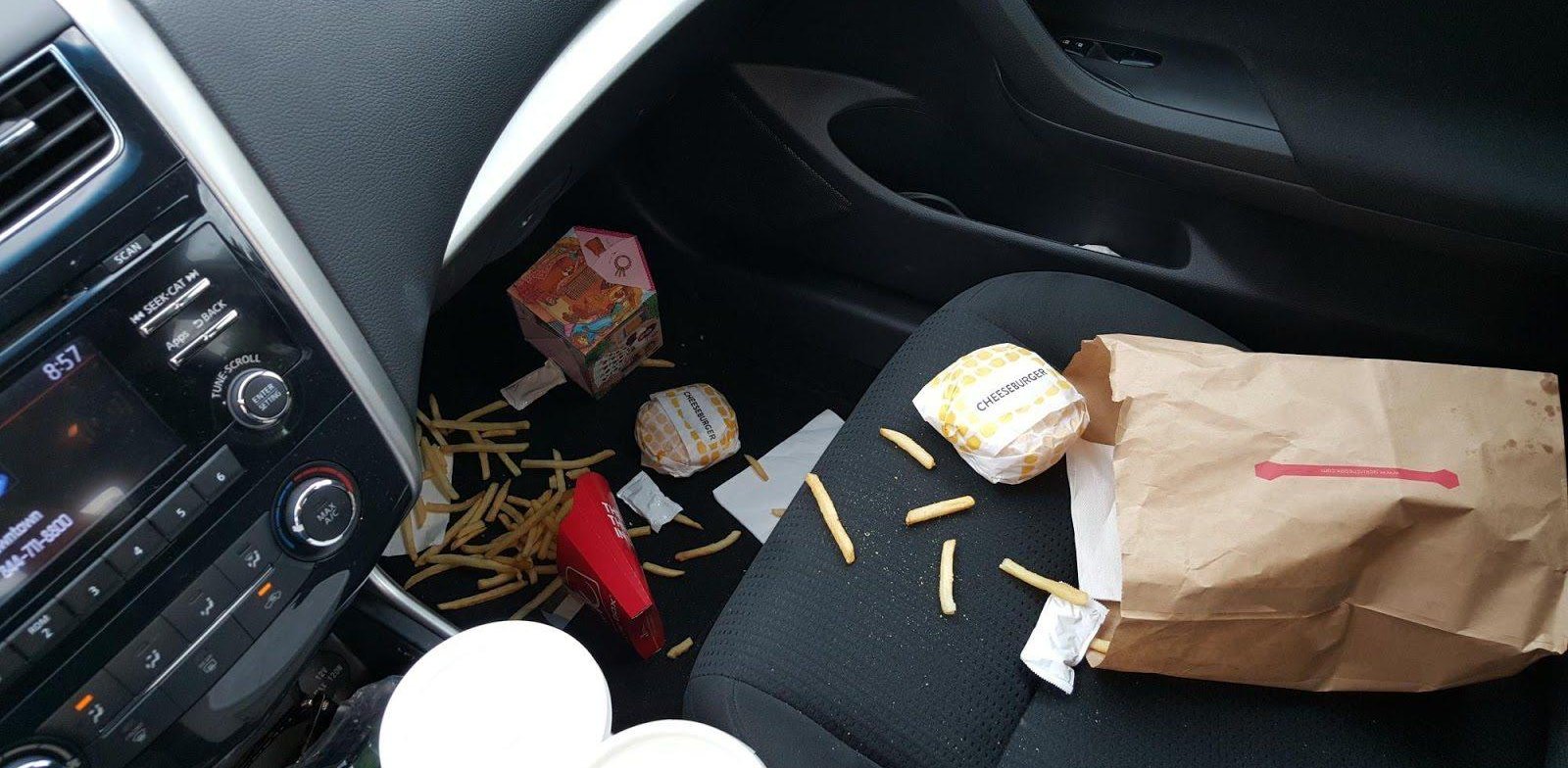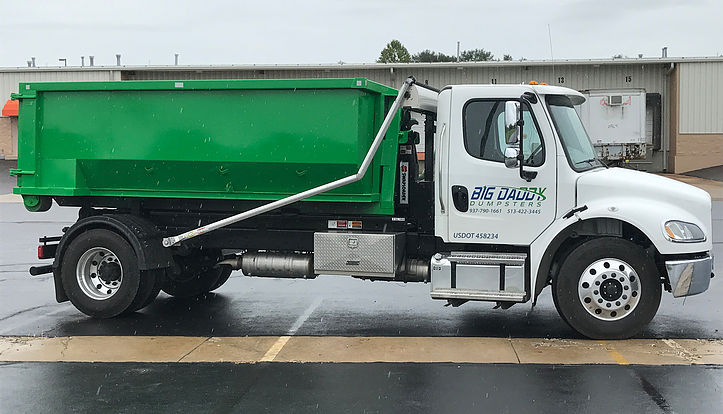These Items Don’t Belong in the Landfill
Construction and cleaning projects happen all year round. Whether you are changing a lightbulb, cleaning the garage, remodeling the basement, or doing a full demolition of the kitchen, these projects create trash.
Sometimes lots of trash.
And some of this trash does not belong in the landfill.
Whatever you’re doing around the house, it helps to know what you can and can’t put in the trash. Below are some broad categories of items that cannot go to the landfill. If you are throwing any of these items away you will need to check local rules and regulations for how best to dispose of them.
Hazardous liquids
Because of their ability to catch fire, pose some hazard to waste workers, or seep into our ground and damage drinking water reserves, certain hazardous liquids are banned from most landfills.
You should be careful when throwing out items from these categories:
- Paints and stains
- Varnish and thinners
- Devices that contain mercury such as thermometers and certain light bulbs
- Used or new oil or oil filters
- Other automotive fluids
When disposing of these items, check the label carefully. Then check with local resources to see how best to dispose of them.
Electronics and batteries
The chemicals, compounds, and minerals used to create electronics and batteries are precious in part because of their reactivity. However, the thing that makes them useful is also the thing that makes them dangerous when they are mishandled or disposed of improperly.
Because of the amounts of chemicals involved, you can generally simply toss in the trash small batteries such as those used for toys and radios.
However, if your items are on this list, you will want to check local regulations:
- Televisions
- Rechargeable batteries
- Large batteries such as car, lawnmower, sump pump, or boat batteries
- Computers and some computer accessories
Take care with these items. In some cases, a hidden reward of checking might be that someone is willing to dispose of or re-use the item. In the case of electronic computer components, companies in some places disassemble the computer in order to harvest ingredients that can be resold or reused.
Your donation could actually work to save a precious resource and fuel the economy.
Other dangerous waste
Items on this list don’t fit easily into a single category. They do, however, sometimes show up in home projects and need to be disposed of according to local regulations.
- Any medical waste including syringes and lancets
- Explosives including fireworks
- Fuels including gasoline, or gasoline mixes commonly used in lawnmowers, off-road recreation vehicles, or scale models
- Chemicals for treating pools or ponds
- Propane cylinders
Be careful when cleaning to make sure that the items listed above get disposed of properly. Doing so helps keep people safe.




